
Hi Design Sketchers!
When I first started drawing, like many of you, I was all about creating beautiful pictures. I would pour hours into perfecting details, chasing that flawless look. But let me share a little secret from my journey as a designer — sometimes, beautiful drawings don’t cut it, especially when working with clients.
What matters most? A great, innovative idea. And that’s where sketch thumbnails come in.
1. Why Thumbnails Save You Time and Headaches
Imagine you’re starting a fresh project. You’re excited, your first idea feels amazing, so you dive in — sometimes spending a whole day or more refining it. But here’s the catch: your client might come back and say they don’t like it, or it’s not quite right for their needs. All that effort feels wasted because you have no backup plan.

From my own projects, like researching outsole shapes and cushioning, I learned to sketch many small, rough ideas first — thumbnails — instead of focusing on a single polished drawing. This approach opens your mind to explore all kinds of directions, even the risky ones. Think of it as giving yourself permission to make mistakes and test a bunch of possibilities cheaply and quickly.
2. How to Use Thumbnails Like a Pro
Here’s how I recommend starting your sketches, especially if you’re new to design:
- Allocate some time upfront, like half a day or a full day, just for thumbnail sketches.
- Draw multiple mini ideas rather than one big masterpiece.
- Mix safe, basic ideas with bolder, riskier ones.
- Choose a few favorites to develop further, ones that you think the client will respond to.
- Turn those small sketches into clearer drawings that non-designers can understand.
One funny moment I had early on was spending a whole day on an idea only to have a client combine two totally different thumbnails I never expected would go together. It was a creative mashup that ended up better than I imagined!
3. Collaborate Closely With Your Client
A big part of success is working hand-in-hand with your client throughout the process. I learned this the hard way — pushing an idea without checking in often leads to surprises and dissatisfaction.
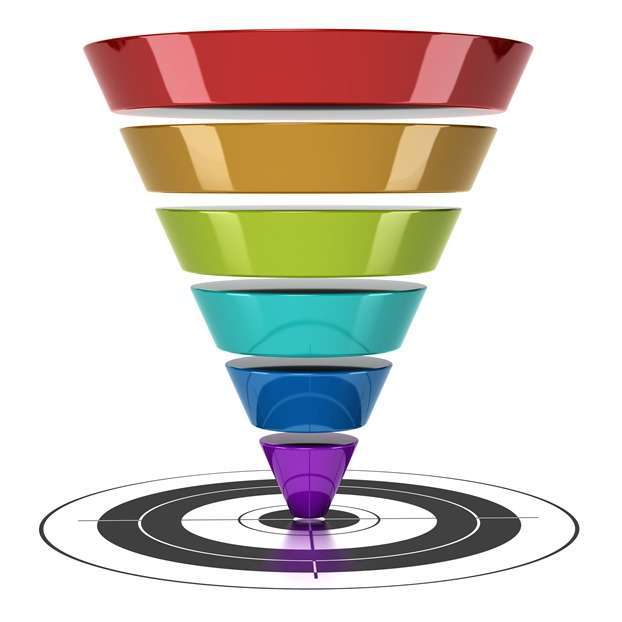
Here’s a tip to keep things smooth:
- Break your project into clear phases with validation points.
- For example: brief → idea selections → narrowing down → proposals → final design.
- Make sure each phase is agreed upon and signed off in writing, so everyone knows what to expect.
- This funnel-like process helps prevent last-minute changes and keeps your timeline realistic.
Clients appreciate being part of the journey, and you’ll feel more relaxed and confident knowing everyone is aligned.
4. Tips for Beginners to Embrace Thumbnails
Starting thumbnails can feel strange if you’re used to detailed drawing.
Remember, the goal is not a finished artwork right away but finding the best ideas to build upon.
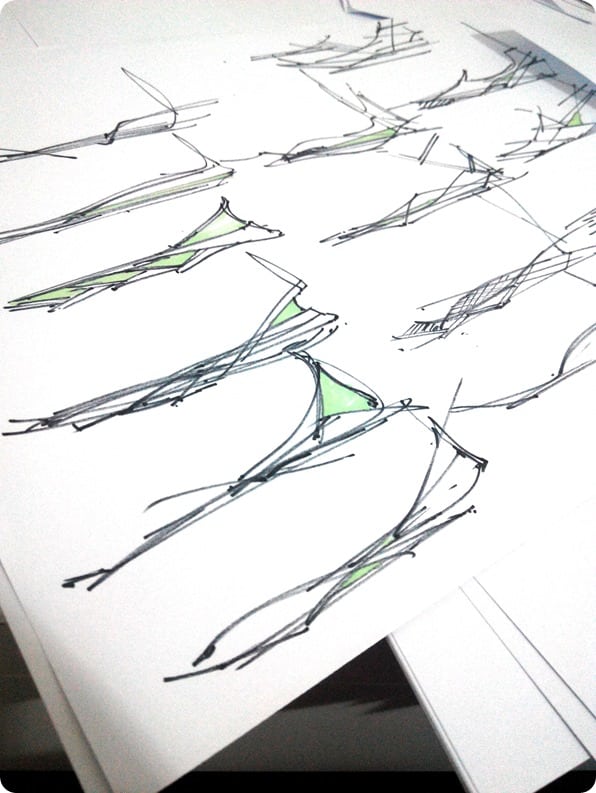
Here are some quick tips:
- Don’t worry about perfection—focus on quantity, not quality at this stage.
- Use simple shapes and lines; your goal is idea exploration.
- Be playful and curious; treat each thumbnail like a sketch experiment.
- Keep your sketches small and quick; this encourages creativity.
5. Embracing the Designer Mindset
Switching from an artist’s mindset (beauty and polish) to a designer’s mindset (ideas and function) can be challenging but rewarding. I still love making beautiful sketches—but now I save that for the final chosen concept. The messy, fun thumbnail phase is where magic begins.
I hope this little peek into my process inspires you to try thumbnails next time you start sketching. It’s one of the best ways to improve your creativity, save time, and impress your clients.
If you have thoughts or experiences with thumbnails, I’d love to hear them!
Cheers,
Chou-Tac




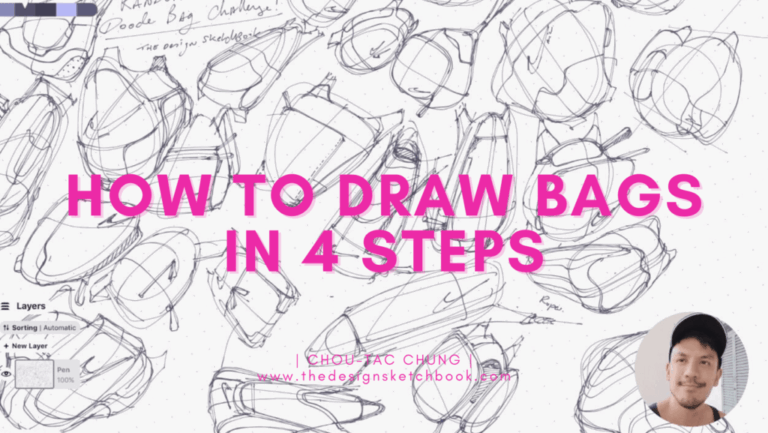
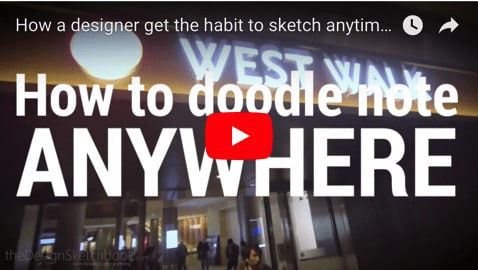
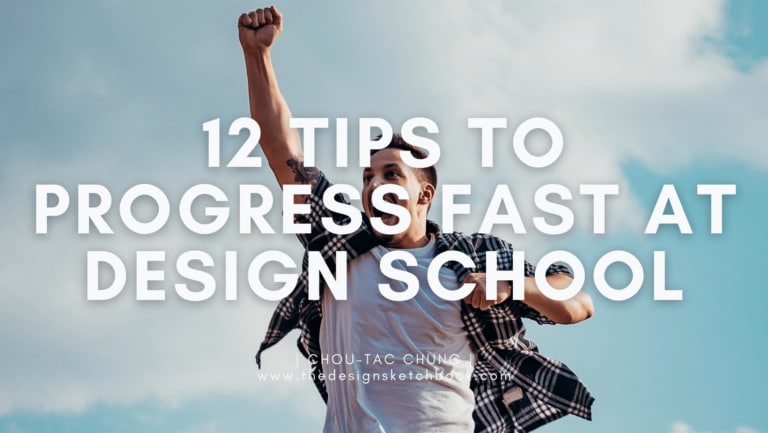


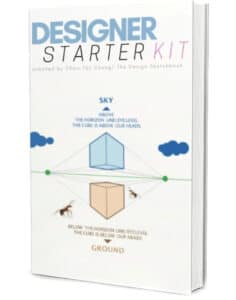



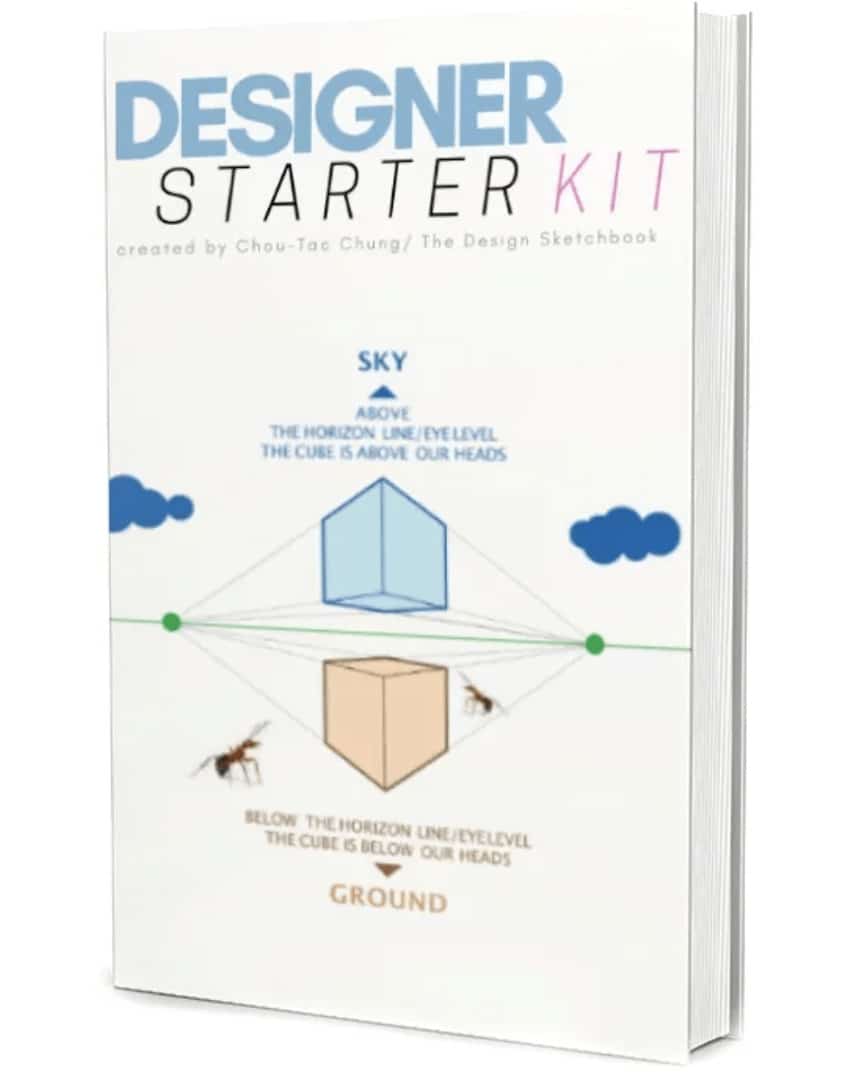


How do I download thee book
Hi Darren,
I am glad you are interested in. The book is available for subscribers to the newsletter. The form is on the side bar, on the right.
Let me know when you got it.
See you.
If only it was so simple… I love the tip ; It’s a good idea to draw small things instead a great piece of work, but in despite of the energy that you can take of that exercise, most of clients haven’t enough imagination to understand what you mean. They always want more and more details and after that, they come back and want something else, you even don’t know why. Whatever ! Your tips are great !!! And thank you a bunch for that !
Hi Agnes,
There is a good way to avoid such situation.
Define with the client different phase of validation.
E.g.
Brief – Validation – Selection of (X) axis of research – Validation – narrow down to 1 axis of research – validation – X proposals of products – Validation – Final proposal – Validation.
Look at this like a funnel process.
All these phases need to be written in the contract. Each validation will be signed by the client. If after a validation phase, the client needs/wants to change his mind, it will cost extra.
The designer and the client will work in a more pace environment, avoiding the “I suddenly changed my mind” surprised.
The project will carry on respecting the deadline, and both side will get things done. That’s why it is even more important to cover a wide variety of ideas at beginning. It eliminates eventual further doubts.
Cheers,
Chou-Tac